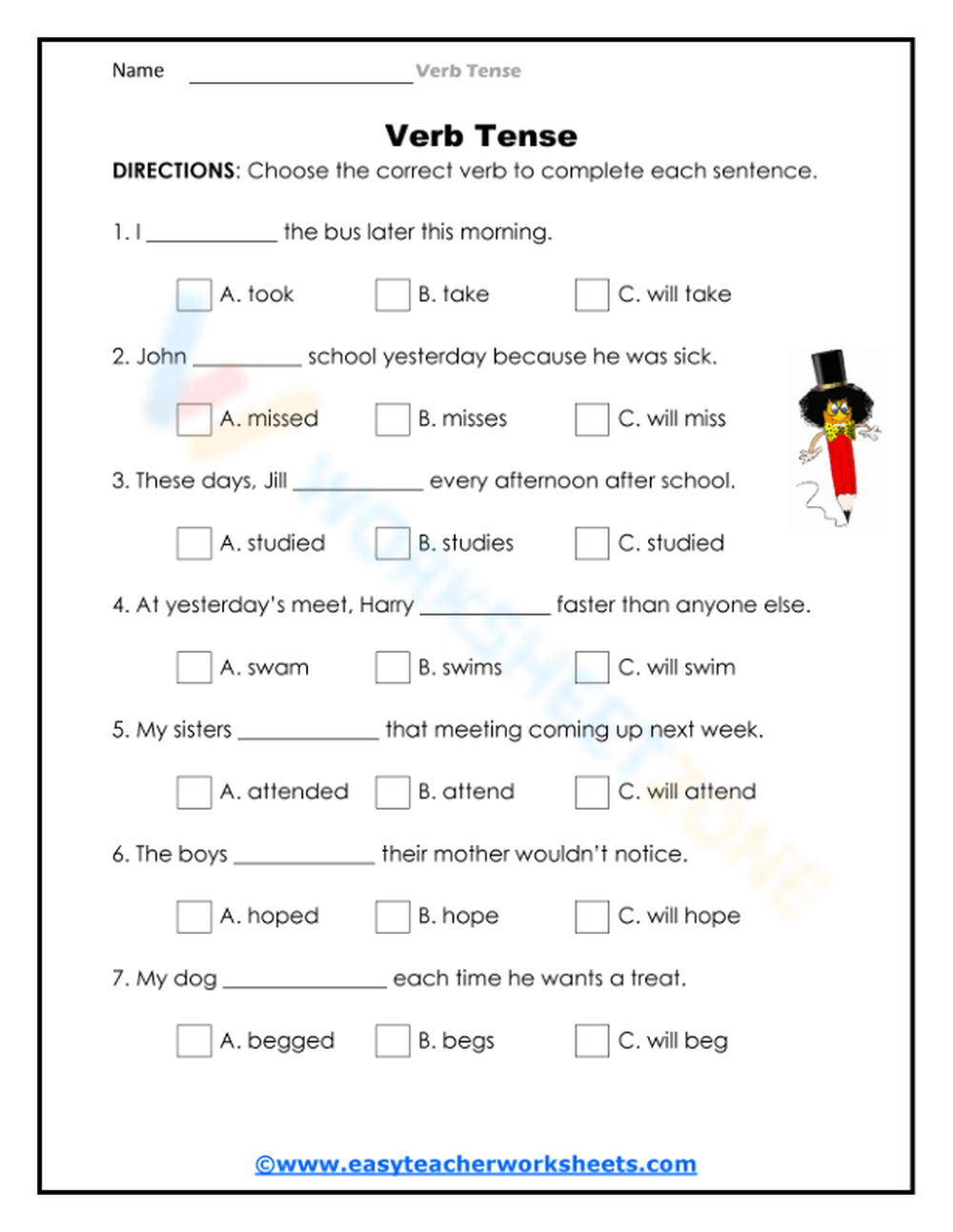When it comes to the English language, prepositions play a crucial role in determining the correct meaning of a sentence. One such preposition that often causes confusion is “for.” Many people struggle with knowing when and how to use “for” in their sentences, leading to grammatical errors and misunderstandings. Understanding the correct usage of “for” is essential for effective communication.
Whether you are a native English speaker or learning the language as a second language, mastering the proper use of “for” can significantly improve your writing and speaking skills. By using “for” correctly, you can convey your thoughts and ideas more clearly and avoid common mistakes that can distract from your message.
Correct Use of “For”
One common use of “for” is to indicate the intended recipient of an action or object. For example, “I bought a gift for my mother” shows that the gift was intended for the mother. In this case, “for” establishes the relationship between the action (buying a gift) and the recipient (mother).
Another important use of “for” is to denote the purpose or reason behind an action. For instance, “She went to the store for some milk” indicates that the purpose of going to the store was to buy milk. By using “for,” the speaker clarifies the intention behind the action.
Additionally, “for” can be used to express duration or length of time. For example, “They have been waiting for hours” indicates that the waiting has been going on for a long period. In this case, “for” helps convey the idea of duration and emphasizes the length of time involved.
It is also important to note that “for” is often used in expressions of gratitude or appreciation. For example, “Thank you for your help” expresses gratitude for the assistance provided. By using “for” in this context, the speaker acknowledges the kindness or support received.
In conclusion, mastering the correct use of “for” is essential for effective communication in English. By understanding the various ways in which “for” can be used, you can avoid common errors and convey your ideas more clearly. Practice using “for” in different contexts to improve your language skills and enhance your overall proficiency in English.
